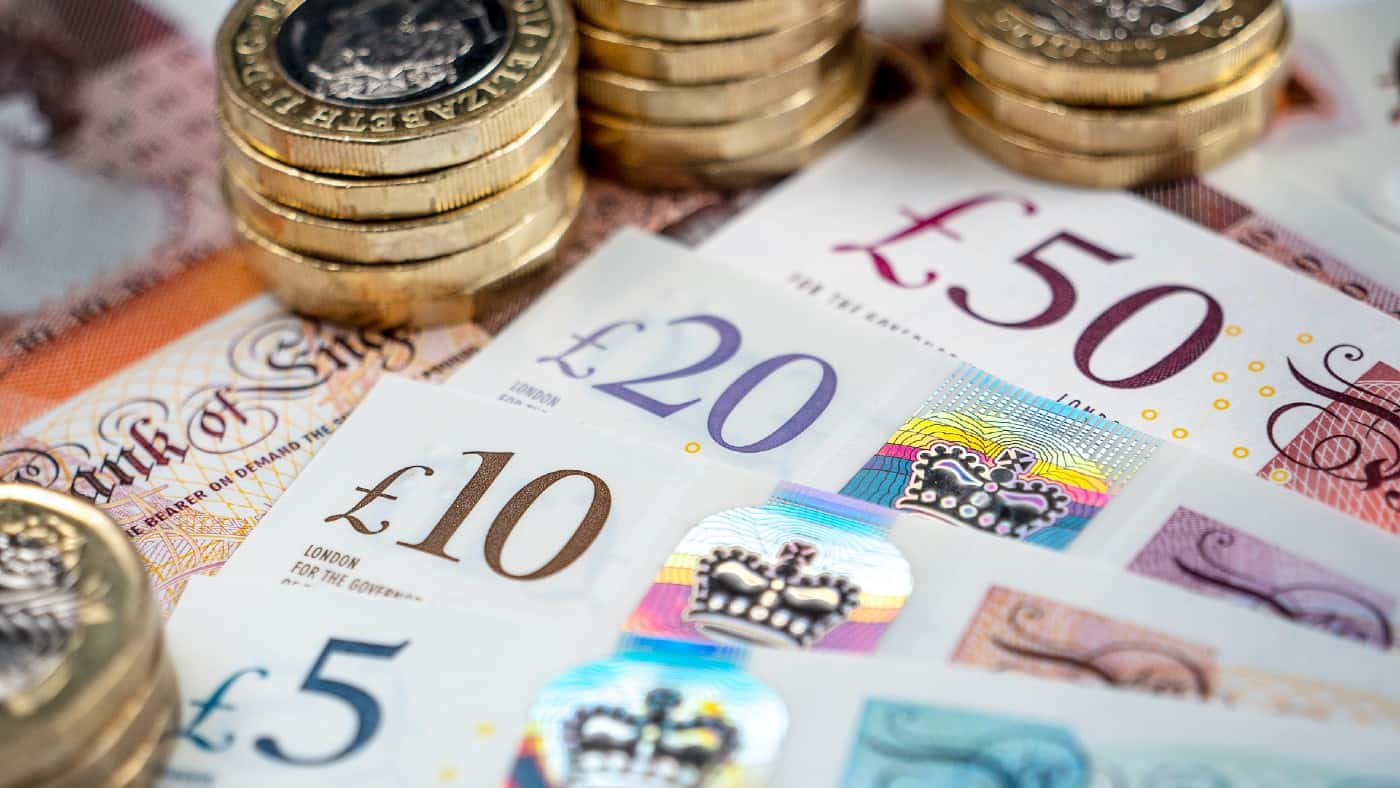ExxonMobil raked in a record profit of $55.7bn last year, underscoring the windfall for Big Oil after Russia’s invasion of Ukraine despite a fourth-quarter slowdown as fossil fuel prices retreated from recent heights.
The Texas-based oil supermajor ended the year with a $12.75bn fourth-quarter profit, missing Wall Street expectations of $13.7bn, according to analyst estimates compiled by S&P Capital IQ.
The company also took a charge of $1.3bn related in part to windfall taxes in Europe. ExxonMobil is suing the EU over the levy, arguing the bloc has overstepped its legal authority.
Even though the fourth quarter was among the company’s most profitable ever recorded, it was down sharply from the record-breaking $19.7bn earned in the third quarter, a sign that Big Oil’s earnings surge has decelerated in recent months as oil and gas prices have fallen from near record levels last summer.
Darren Woods, chief executive, said the company “benefited from a favourable market” and credited investments the company made during the pandemic, even as the industry was racking up huge losses, for helping deliver “industry-leading operating and financial results and shareholder returns in 2022”.
Chevron, Exxon’s US rival, reported its own record earnings for 2022 of $35.5bn on Friday, putting the American oil titans’ combined earnings for last year at an all-time high of more than $91bn, eclipsing the previous peak of $71bn in 2012.
Mammoth earnings, share buybacks and dividend payouts in the US oil and gas industry have drawn fire from US president Joe Biden, who has accused Exxon and others of “war profiteering” at a time when consumers are suffering from high energy costs.
Kathy Mikells, Exxon’s chief financial officer, told the Financial Times that the company’s “first and foremost priority is investing in our business to meet demand”, noting that the group’s overall production was up last year “at a time when it was critically needed”.
Exxon said capital and exploration expenditure last year had hit $22.7bn and that it had raised output by more than 30 per cent at two of its high-growth areas, offshore Guyana and the Permian oilfield in Texas and New Mexico. It also said it had produced more fuel than ever from its refineries in North America.
In December, Exxon said it planned to spend $50bn on share buybacks between 2022 and 2024, including as much as $35bn this year and next.
The huge shareholder payouts have propelled a rally in Exxon’s share price, which is up about 50 per cent over the past year, outpacing its Big Oil rivals and beating the broader S&P 500’s 11 per cent decline over the period.
Oil prices have rallied over the past month on investor expectations that China’s economic reopening will accelerate crude demand growth while sanctions on Russia weigh on global supplies. Brent crude was trading above $83 a barrel on Tuesday morning, having fallen to about $75 in December.
Mikells said she expected prices to remain “volatile” with “recessionary concerns” hanging over the market, but that China’s opening up could “give a little bit of an uplift” to oil markets.
Credit: Source link














